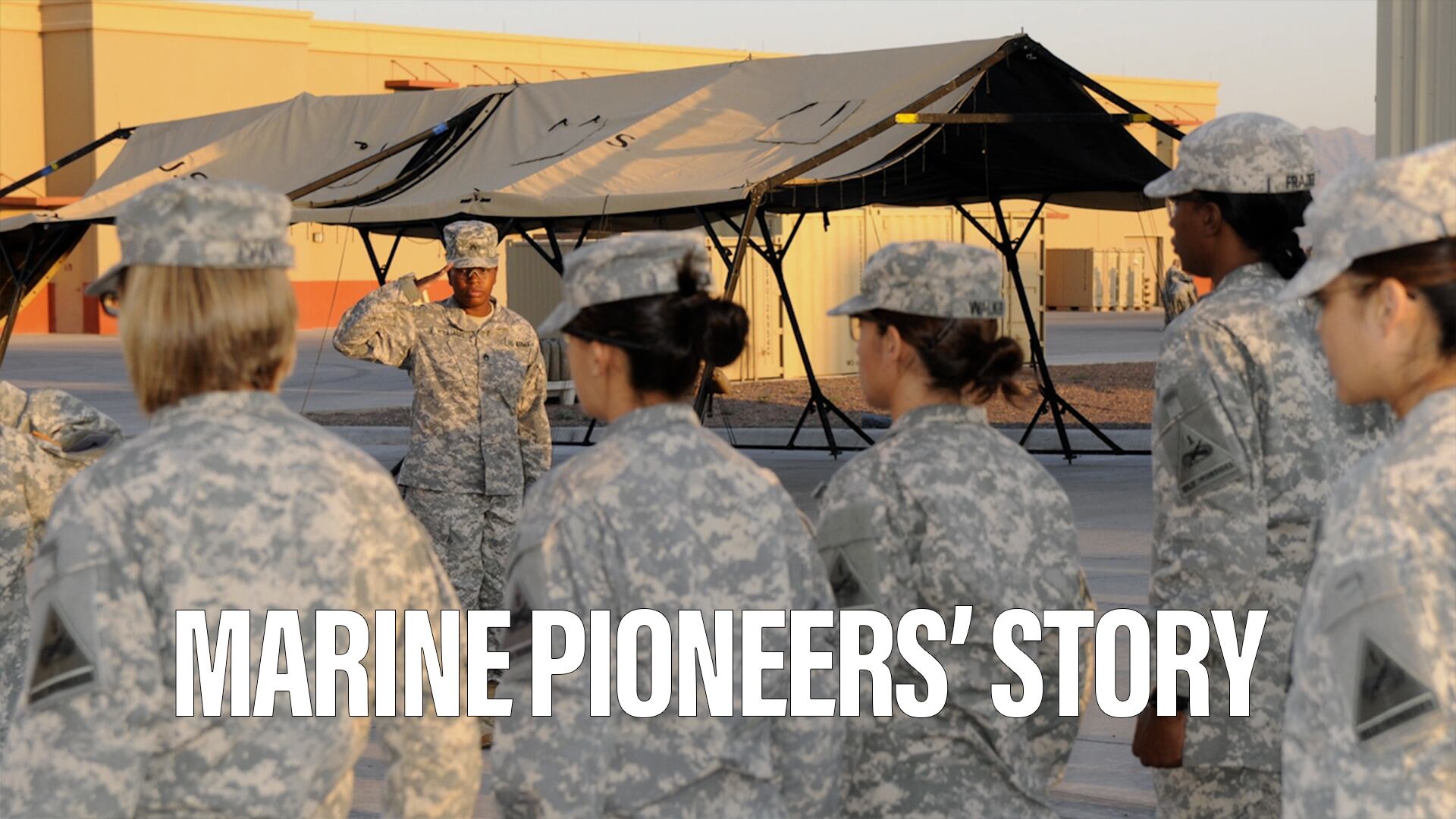WASHINGTON ― Marines might soon see some new, high-tech tools to help them become more lethal shooters.
Top leaders in weapons training and marksmanship shared a series of technologies that the service is experimenting with that would give Marines more accurate and realistic ways to practice shooting while also instantly gathering data on how they’re performing and how to improve.
Col. Howard Hall, chief of staff for training and education command, said that a 2018 Operational Analysis Directorate study showed that Marines in combat in Iraq and Afghanistan only had a 30% chance of making a lethal hit on a target if the target or Marine was moving, if there were multiple targets or if the target was at an unknown distance.
Hall told the audience at the Modern Day Marine Expo that study helped drive changes to the annual rifle qualification in 2021 ― the first major overhaul in a century.
The changes included switching the order of fire from starting at the 100-yard line and moving back to the 500-yard line to the reverse, starting farther out and moving closer in, as a Marine would do in combat.
The qualification also added shorter range, quick drill fires at 25 yards, added moving targets and the use of barricades, among other changes.
The new tech that Marines are experimenting with aims to tighten those shot groups and speed up Marine shooting to make it more lethal. Much of that is coming in the form of making more training options off the range in weapons drills and simulators. Other efforts include more accurate data collection and real-time feedback for shooters to adjust their technique.
The package of tools includes the Mantis X10 and Unit 4 equipment that can be inserted into an M4 or M27 and allow users to practice dry fire, use a laser and feel recoil without using live rounds.
These provide corrections to shooting techniques the Marines never got from the “snap-in” barrel.
A snap-in barrel is a barrel, typically an empty 55-gallon oil drum or similar sized item that is painted white and then painted with small versions of the target shapes used on the rifle range. Those smaller shapes simulate the size of the target like what a shooter would see on the range but at a shorter distance.
Marines then dry fire their rifles on those targets, practicing breath and trigger control.
“This is a digital snap-in barrel, and it provides you feedback,” said Col. Greg Jones, commander of weapons training battalion.
The Mantis system is being experimented with the Marine Corps recruit depot shooting ranges at Parris Island, South Carolina, and Edson Range, Camp Pendleton, California.
The joint marksmanship assessment package uses either a smartphone or tablet, with software application, an acoustics measuring device and smartwatch to monitor movement.
It measures shooting in the short-range portion of the annual rifle qualification that goes from the 25 yards in. The joint marksmanship assessment package can gather up to a company’s worth of data in under four hours and develop plans to improve marksmanship based off the results.
The Corps is currently looking at a radar-based system that also would measure shooting from the 500-yard to 100-yard line for the rifle qualification. If both are adopted, it would fully digitize rife qualification.
In September 2023, the Marine Corps awarded an $11.3 million contract for the advanced small arms lethality trainer to Valiant Global Defense Services, Inc, subcontractor Conflict Kinetics owns the technology. The simulation system adds more scenarios and capabilities to the long-running indoor simulated marksmanship trainer.
The advanced small arms lethality trainer will be fielded to all major installations such as Camp Lejeune, North Carolina; Camp Pendleton, California; Quantico, Virginia and Marine Corps Air Ground Combat Center, Twentynine Palms, California.
Correction: This article has been updated to include the correct date of the advanced small arms lethality trainer contract award and the name of the company that received that contract.
Todd South has written about crime, courts, government and the military for multiple publications since 2004 and was named a 2014 Pulitzer finalist for a co-written project on witness intimidation. Todd is a Marine veteran of the Iraq War.








